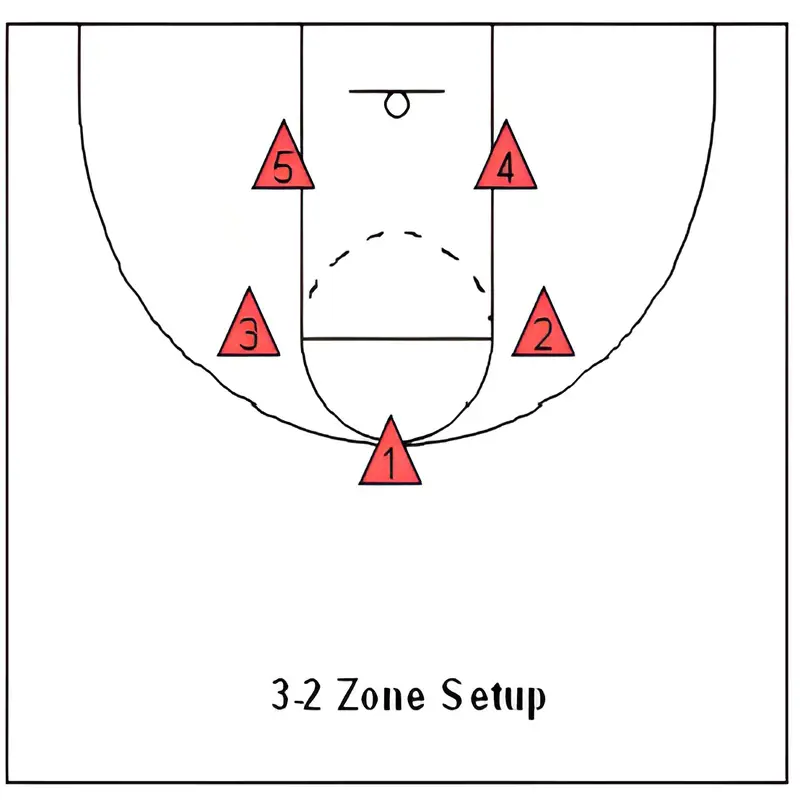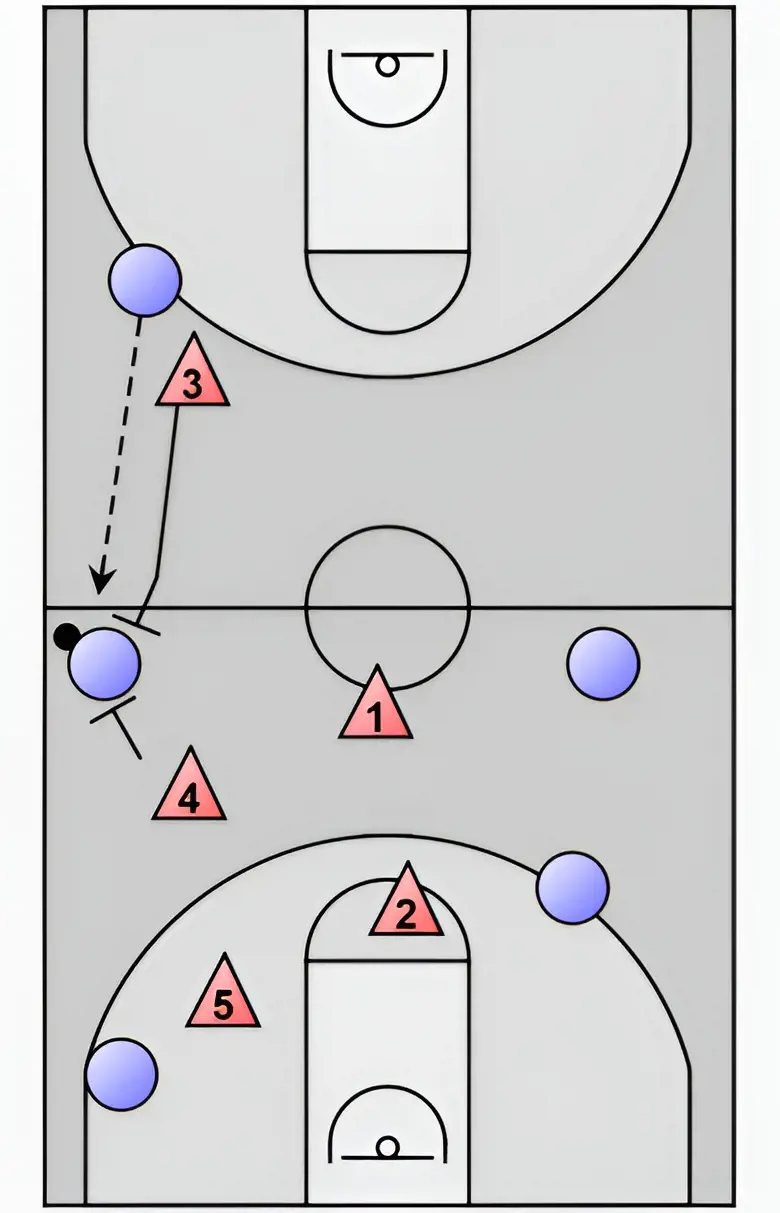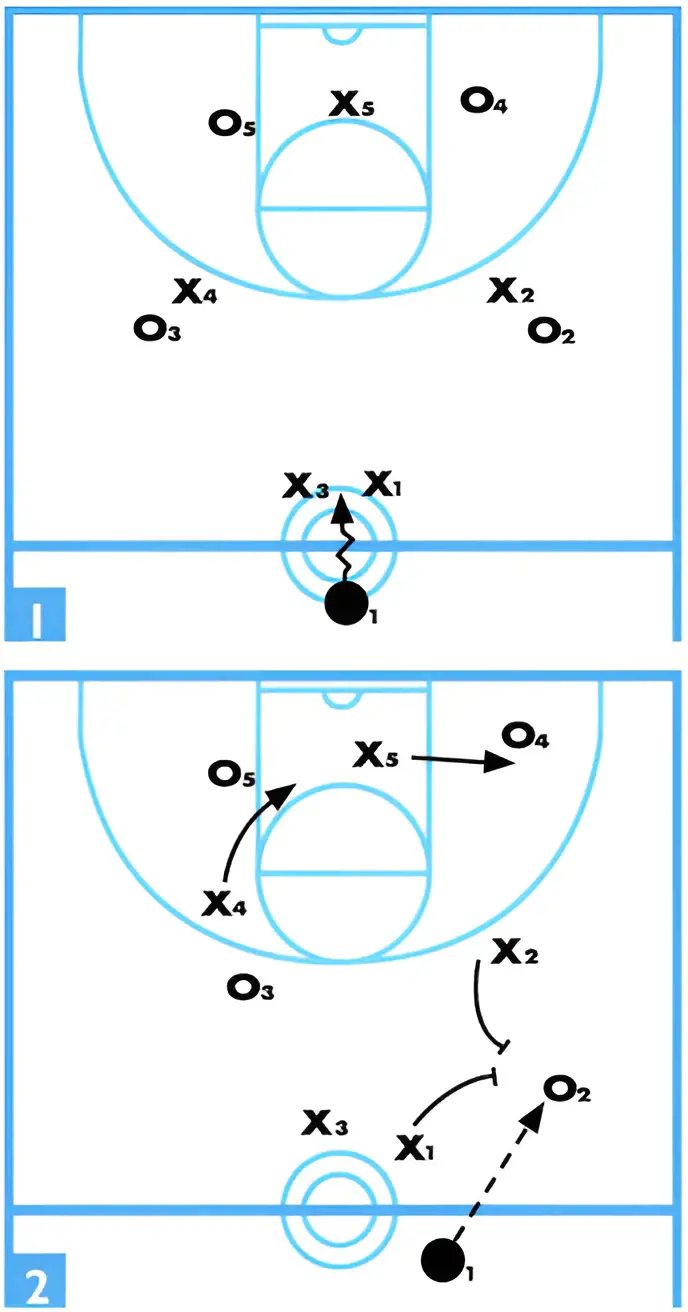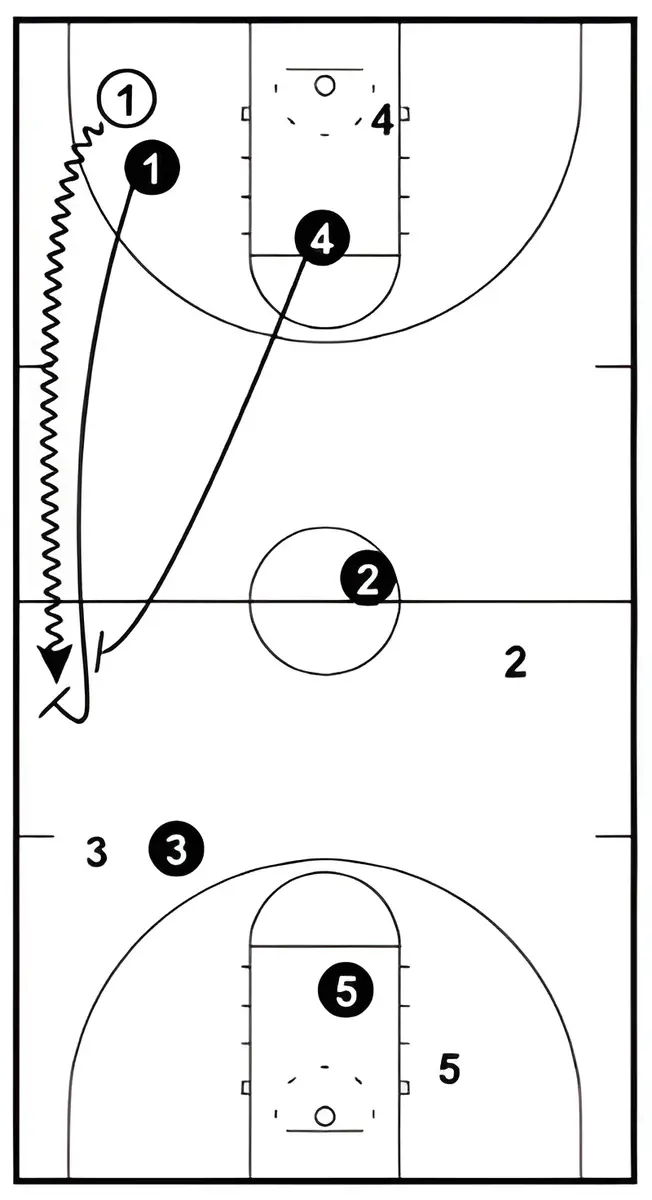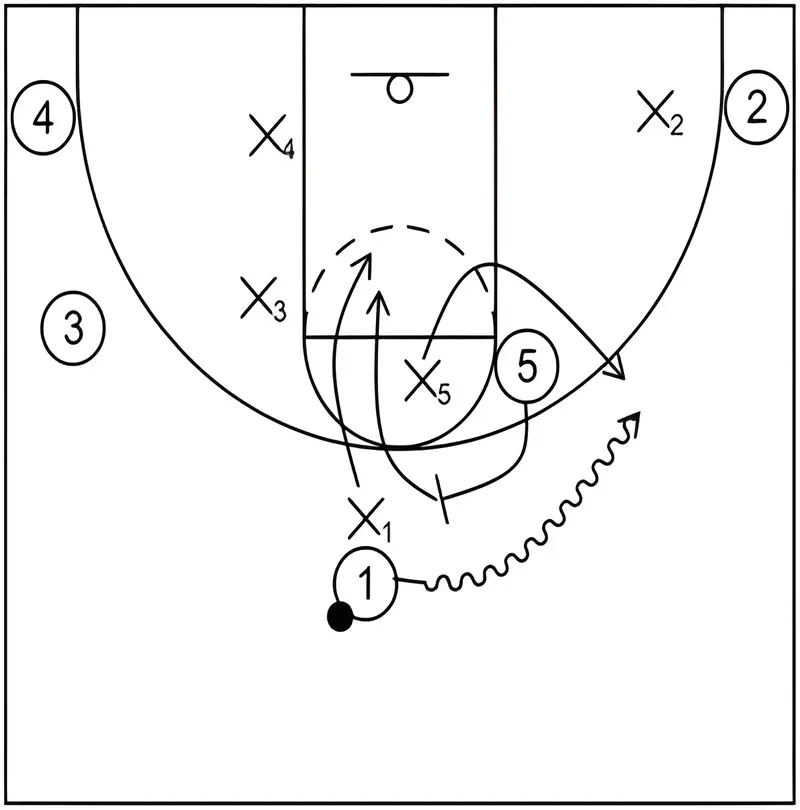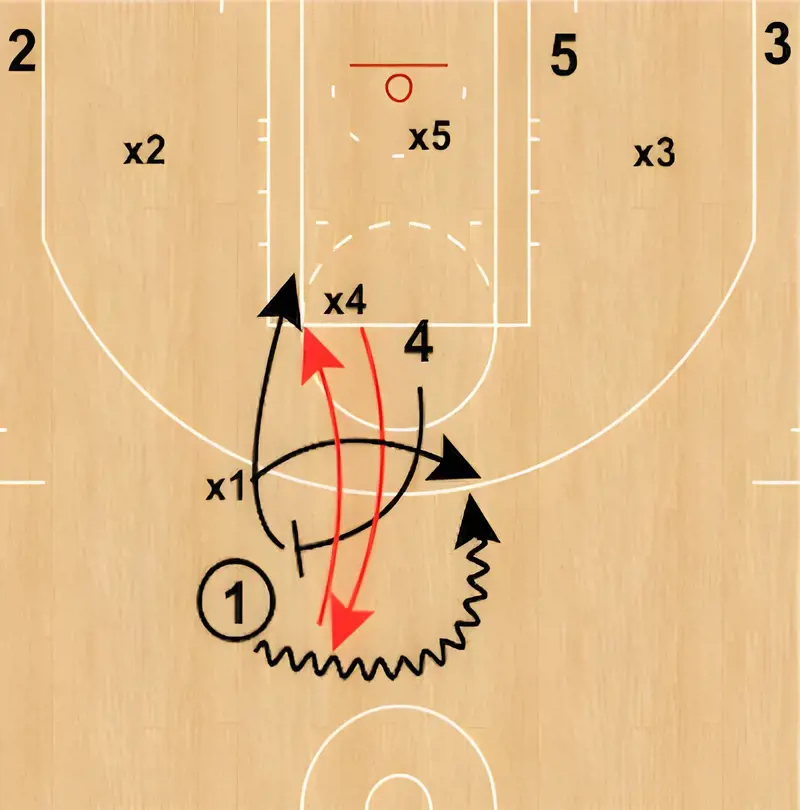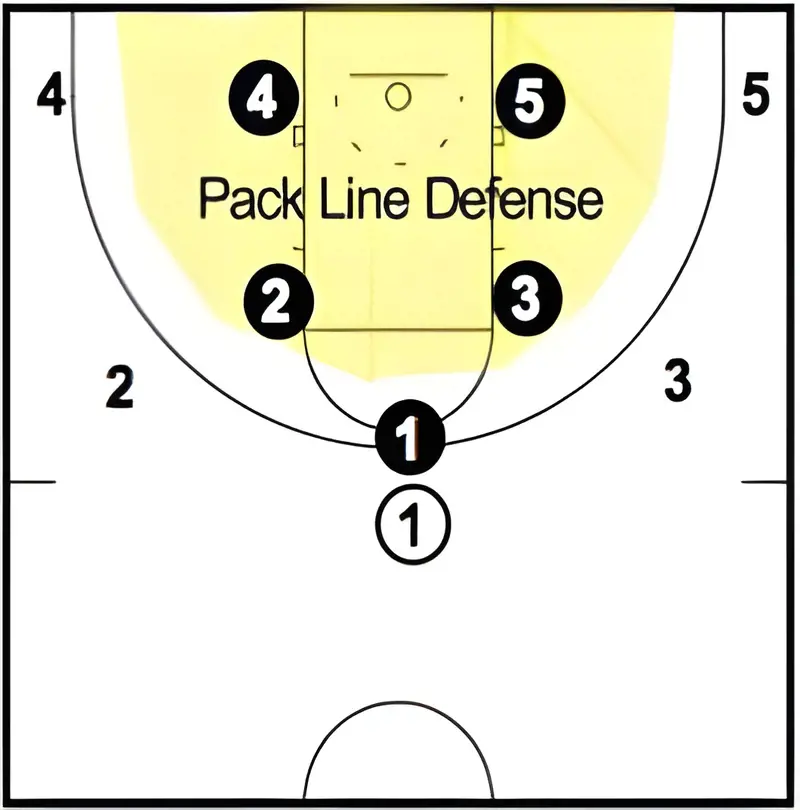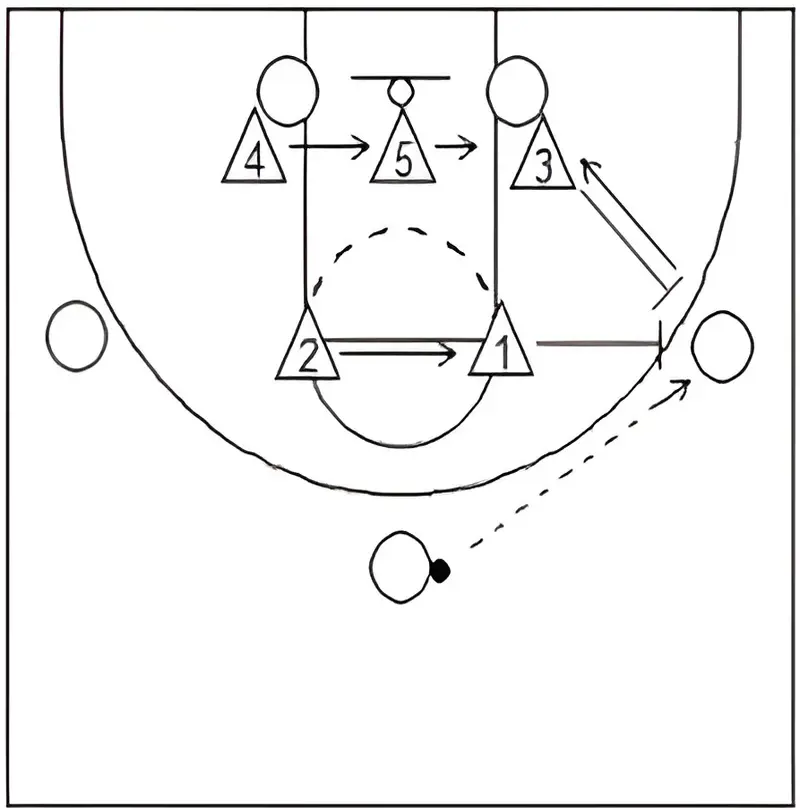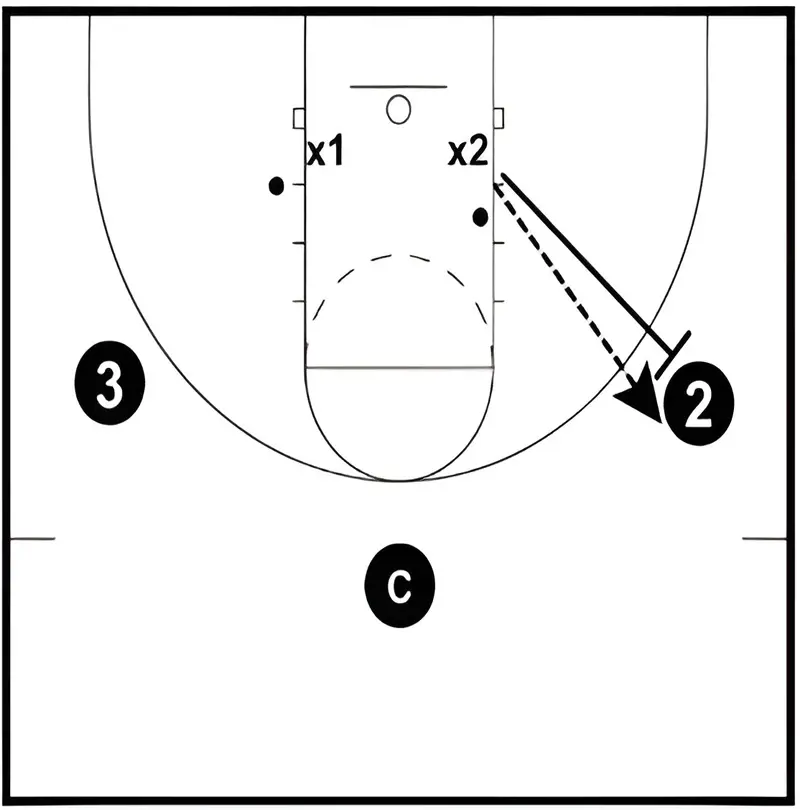1. Man-to-Man Defense
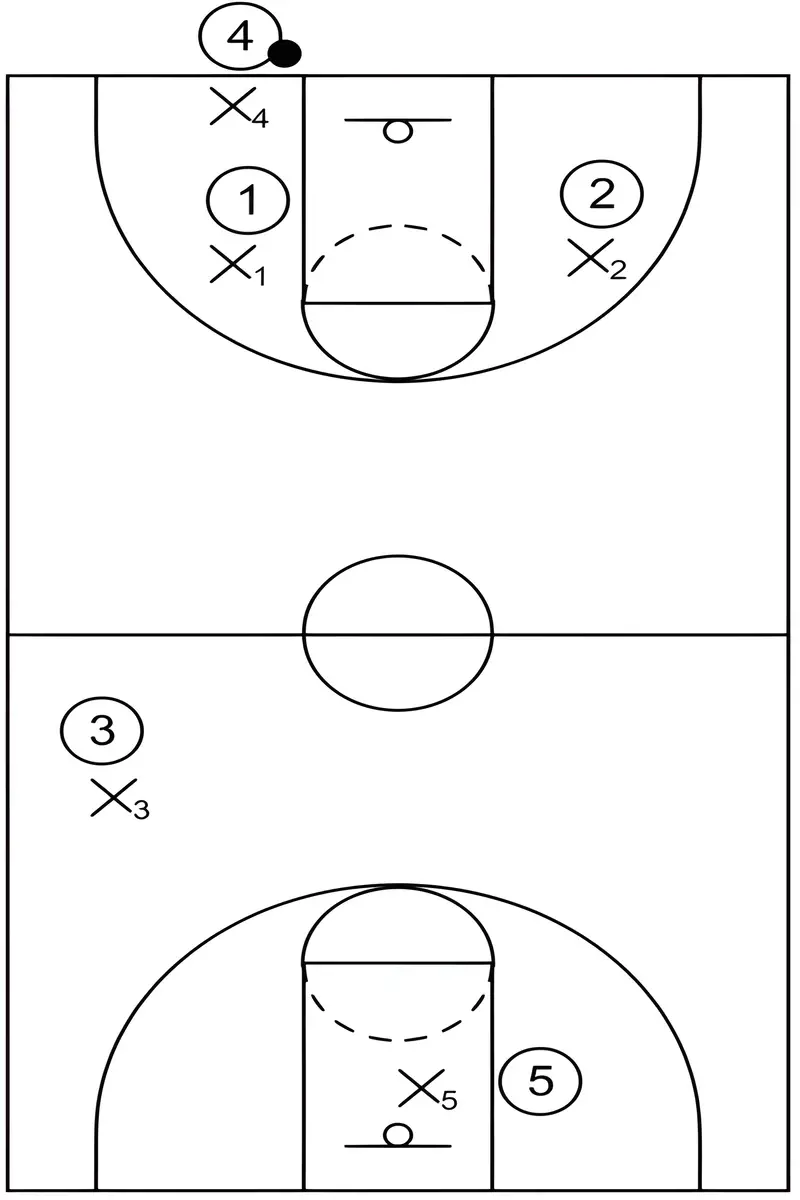
Man-to-Man Defense is a fundamental basketball strategy where each defensive player is assigned to guard a specific opponent.
This defensive approach aims to deny offensive players easy scoring opportunities by closely marking them and contesting shots.
It requires players to stay vigilant, anticipate movements, and communicate effectively to switch assignments when necessary.
Man-to-Man Defense is known for its adaptability, allowing teams to apply pressure on individual players and disrupt offensive plays.



